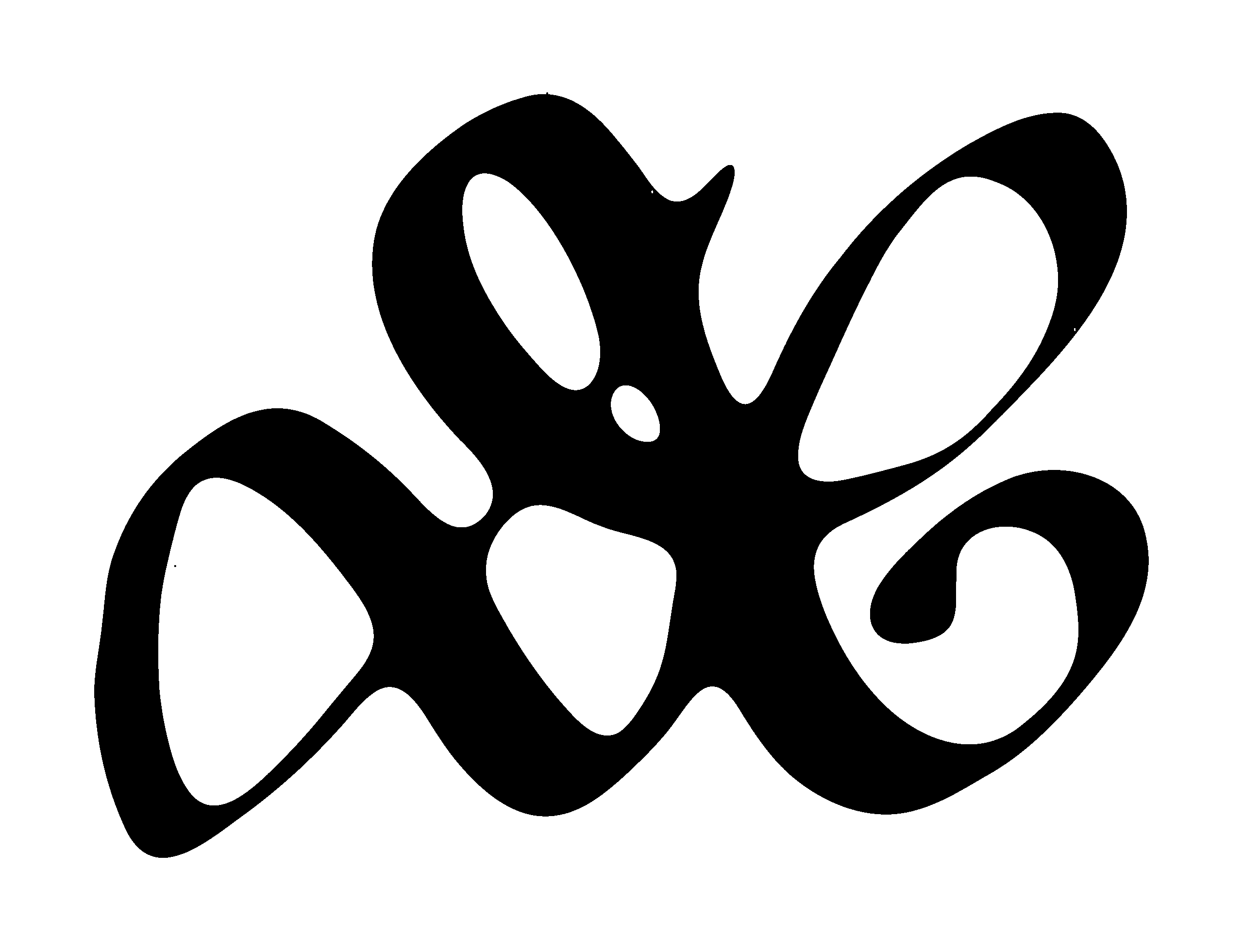A Ritual Archive of Story Fragments, Found Objects, and Hidden Scrolls
The Living Lore Archive is an ongoing narrative art project that blends physical and digital storytelling. Each artifact—handwritten scrolls, poetic fragments, or visual traces—is created by hand, infused with intention, and left behind in the world or gifted to a stranger.
This is not a static collection. It’s a living system—a story you can walk into, respond to, and leave your mark on.
Each piece is unique. Each is meant to be discovered.
They are mirrors, invitations, echoes.
They are a way of asking:
What happens when memory is given form—and then let go? What happens when a stranger finds a fragment of story and feels… seen?
✦ Origin & Process
The Archive began as a way to make personal meaning visible—to transform private reflections into shared symbols. Over time, it evolved into a participatory mythos, where found objects became mirrors, and hidden messages became rituals of recognition.
Each piece is:
- Handwritten using fountain pen and archival inks
- Created during or after emotionally significant moments
- QR codes link to the digital archive pages documenting each artifact
- May contain codes unlocking hidden pages or poetic replies
- Sometimes left in public spaces
- Sometimes mailed or gifted as part of a ritual offering
Some fragments are sealed scrolls.
Others resemble forgotten letters, oracle slips, or journal entries.
All are written in ritual space—emotionally present, unscripted, never mass-produced.
The act of finding a fragment transforms the finder into a Keyholder or Echo, depending on their timing and resonance. This is the project’s mythic invitation: to become a part of something ancient, unfolding now.
Theoretical Framework
The Archive draws from:
- Narrative identity theory (Bruner, McAdams): selfhood as storied
- Symbolic cognition: memory encoded through symbol, not just language
- Emotional LTP: the hypothesis that emotionally potent symbolic experiences create long-lasting neural imprints
- Ritual studies (Eliade, Bell): the Archive as liminal interface, not content
- Transmediality (Ryan, Culianu): story distributed across physical and digital thresholds
- Mythopoetic practice: fragments as sacred texts in miniature
In short, the Archive is a symbolic interface for emotional resonance.
It offers the possibility of shared meaning—not through dialogue, but through attuned presence.
✦ Forms and Materials
- Acid-free and cotton-based papers
- Ink, watercolor, graphite, handmade sigils
- Occasionally: wax seals, folded scroll formats
Each artifact bears emotional traces—ink bleeds, smudges, texture—that reflect the state of the story when it was made.
Where It Lives
Fragments have been left in:
- Book swaps
- Forest shrines
- Train stations
- Library shelves
- Cafe tabletops
- And sometimes—inside other scrolls
Artifacts are categorized by:
- Status (found, active, archived)
- Location (city, region, or fictional code)
- Function (mirror, invitation, anchor, memory)
✦ Optional Participation
This project is not about storytelling. It’s about symbolic witnessing.
Each scroll acts as a mnemonic mirror—holding space for a story someone hasn’t told yet, or once knew but forgot.
It’s for the stranger who:
- Is overwhelmed and needs a breadcrumb
- Finds it by chance in a park or secondhand book
- Feels like the scroll speaks directly to them
- Follows the link or code and finds the Archive
If they choose, they can become part of the story: a Keyholder (first to find) or an Echo (resonant responder).
This, too, is tracked—ritually, not publicly.
Some finders choose to:
- Send a message
- Reflect on the moment they found the piece
- Share an image of it in place
- Or keep it silently
Both response and silence are valid parts of the ritual.
✦ Interaction & Visibility
The Archive is expanding through:
- Online gallery posts (Living Lore Archive entries)
- Physical Lore Drops left in cafés, forests, cities
- Invited Hosts (cafés, bookstores, galleries) that participate in artifact circulation
- Codes that reveal hidden content upon discovery
This project sits at the intersection of conceptual art, narrative therapy, and transmedia ritual design.
✦ Why This Matters
In an age of overexposure and algorithmic performance, this project resists the demand to explain everything.
It returns to:
- Intimacy without surveillance
- Meaning without monetization
- Connection without expectation
This is art that wanders.
That chooses to be forgotten by the artist in order to be remembered by the finder.
✦ Exhibition & Access
Currently hosted on weaverofstories.com/the-archive, with limited physical editions.
Open to:
- Gallery partnerships exploring narrative or emotional artifacts
- Research collaborations on memory, materiality, and symbolic cognition
- Invitations to leave fragments in new cities or at curated events
➤ Contact me to collaborate, cite, or share reflections.
➤ View Archive
